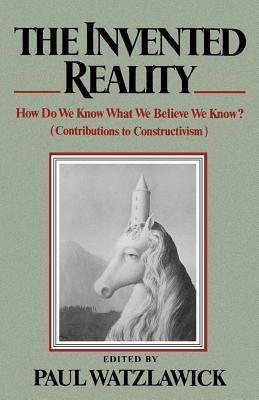I commented on https://harishsnotebook.wordpress.com/2024/12/08/rethinking-efficiency-the-human-element-in-systems-thinking
Mr. Ackoff was an optimist.
When I studied Biophysics, we had lectures on photosynthesis (very interesting, by the way, plants using quantum mechanical effects). A fellow student ask our professor: “how efficient is the photosynthesis?”.
Professor Amesz, who was always a bit nervous in front of a group, started to look for his cigarettes – see how long ago it was – and asked: “…how…how do you mean? In spring or in autumn?”.
Plants aren’t interested in efficiency. Nature works through abundance. Nor in effectivity too, by the way. What works, works. And, given enough time, every coding system will become an error correcting system (Shannon).
For the past 40 years, I always have to explain the difference between observables and system variables. Observables one can observe, independently of any model, theory or system. You can count the number of acorns from a oak, without knowing about photosynthesis. Counting. Numbers.
A system variable, we use to explain the working of a model, theory or system. It requires using a model, theory or system and so a “measure”, a “rule”, a “mark”. Measuring. Figures.
(I still have to figure out the subtle difference between numbers (Dutch, “getal” or counted) and figures (Dutch, “cijfers”, or figure 🙂 Who tells (in Dutch “tellen” is used for “to count”) the difference.)
We can use our models, theories or systems with variables to estimate (some call it calculate) the observables. An oak converts sunlight, water and coal-dioxide into acorns. We can model photosynthesis and calculate the efficiency, defining “quantum”, “energy” as productive and “heat” as “waste”, “loss”. Yard sticks.
(As I narrated, I’ve studied experimental physics. I came aware of the difference between observables (results) and variables (assumptions). When your assumptions predict the results, you succeed and get a PhD. If not, you go for an MBA.)
As we’re using the same tokens, digits, figures (1, 2, 3, …), most people confuse variables – which we can vary – with observables – which we cannot vary (except for counting errors).
In one of my first projects we had to halve the lead time of a factory. I asked how long it actually took to buy, produce, assemble and test the products (a telephone switch). They said about 24 weeks. The lead time in the planning (MRP, material requirement planning) was 14 months. So I said: “divide all your lead times by two, next project.”
My managing director said we couldn’t because the factory would have nothing to do for 3 months, as the factory lead time was 6 months. I said: “Now also, but they spread out over 6 months”.
One cannot count time, only measure it (this is the source about philosophical debate about the nature (and culture) of time between Einstein – clocks, culture – and Bergson – durée, duration, nature. “It is both, Jim, but not at the same time”).
I proposed to use observables. One can count inventory, work in process. And one count the numbers (!) of products delivered during a period, let’s say, a week. The first I called I, Inventory, the latter T, throughput (or SOLD output, not counting finished products which were not paid by customers. Like “safety” stock).
This observable had another advantage: it could be applied and self-managed (!) on every part and level of the organization. And T/I has the unit of measure of “time” without the properties. .
So, in the end, I accepted “Total Quality Improvement” projects on a promise to halve T/I within a year (it took me 6 months :-)).
(I also introduced steering on “release date” of an order and not on “due date”. You can observe the release date, but not the due date, until it is too late :-)).
These man-made problems are aggravated by using a system variable called “money”. One can count coins, conchs, cents, cash, … but one has to define and calculate money: pound, dollar, euro, yen, … . It’s a great tool, but fiction, concept, invented.
It has become a dangerous system by introducing “accounts” and “cost accounting”, where coins have become a number on paper. And are treated as-if real, while people don’t acknowledge the made up, fictional “nature” of money.
This has become the ritual rain dance Ackoff is talking about. Figures before facts.
Organizations (also systems, fictions) – and governments – are failing “us”, because we’re keep on steering on system variables (“costs”, “efficiency”, … ) and not on observables (“expenses”, “effects”, … ). Blaming errors, mistakes and faults in the predicted results (“losses”, a system variable, just like “profits”) on things and people outside their system.
I’m reminded of the watch (!) at the Mad Hatter Tea party:
I told you butter wouldn't suit the works!' he added looking angrily at the March Hare.It was the best butter,’ the March Hare meekly replied.
And, brace yourself, it is going from bad to worse through using “bitcoin”, virtual virtual money, a system within a within a system within a system of thought, treated as-if real. You don’t have to work fro your money any more.
But then again, I’m an optimist too. Give us a billion years, and we’ll come up with photosynthesis too. Probably sooner.









